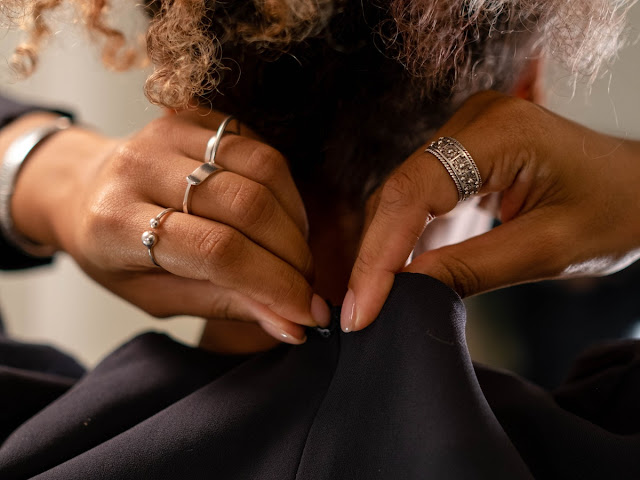Can You Sew an Invisible Zipper with a Regular Zipper Foot?
Invisible zippers are a popular type of zipper used in dressmaking and sewing projects. They are called invisible zippers because they are designed to be sewn in a way that makes them almost invisible when the garment is finished. Unlike regular zippers that have visible teeth, invisible zippers have teeth on the back that are hidden from view.
One of the most common questions that beginner sewists ask is whether they can sew an invisible zipper with a regular zipper foot. The answer is yes; you can sew an invisible zipper with a regular zipper foot. However, to achieve a professional-looking result, there are a few things that you need to keep in mind.
What You Will Need
Before you start sewing your invisible zipper, you will need a few things:- An invisible zipper foot
- A regular zipper foot
- An invisible zipper
- Fabric scissors
- Pins
- An iron
- A sewing machine
- Sewing an invisible zipper, step by step
Preparing Your Fabric
The first step is to prepare your fabric. Press the seam allowance of the fabric where the zipper will be inserted using an iron. This will help create a crisp edge that will make it easier to sew the zipper in place.Inserting the Zipper
Next, open the zipper and place the right side of the zipper tape on the right side of the fabric where the zipper will be inserted. Pin the zipper in place.Using the regular zipper foot, sew the zipper in place along the pinned edge. Sew as close to the teeth as possible, but do not sew over them.
Sewing the Second Side of the Zipper
Fold the fabric over to the other side of the zipper and close the zipper.Pin the other side of the zipper tape in place.Switch to the invisible zipper foot and sew the second side of the zipper in place. Make sure that you sew close to the teeth on this side as well.
Finishing the seam
Once the zipper is in place, sew the seam below the zipper using the regular foot. Make sure to backstitch at the beginning and end of the seam.Pressing the zipper
Press the zipper area with an iron to help the fabric lay flat and give it a polished finish.Finishing Touches
Trim any loose threads and give your garment a final press. Your invisible zipper is now complete!Conclusion
While it's possible to sew an invisible zipper with a regular zipper foot, it requires more skill and patience than using a specialized invisible zipper foot. However, the benefits of using a regular zipper foot, such as greater visibility and versatility, make it a worthwhile technique to master. By following the tips outlined in this article, you can successfully sew an invisible zipper with a regular zipper foot and achieve a clean and professional finish on your sewing projects. Don't be afraid to try this technique and see what works best for you!
FAQs
Q1: Can I sew an invisible zipper without an invisible zipper foot?
A1. While it is possible to sew an invisible zipper without an invisible zipper foot, it can be challenging to achieve a professional-looking result. Using an invisible zipper foot will make it easier to sew the zipper in place and create a polished finish.
Q2: What is the difference between an invisible zipper foot and a regular zipper foot?
A2. An invisible zipper foot is designed to sew close to the teeth of an invisible zipper, making it almost invisible when the garment is finished. A regular zipper foot is designed to sew regular zippers with visible teeth.
Q3. What is the best fabric to use for an invisible zipper?
A3. Lightweight to medium-weight fabrics are ideal for invisible zippers. Avoid using heavy fabrics, as they may make the zipper bulkier and more visible.

Comments
Post a Comment
Optimistic comments please, No bad language